Windows 10 August Patch Tuesday [DIRECT DOWNLOAD LINKS]
14 min. read
Updated on
Read our disclosure page to find out how can you help Windows Report sustain the editorial team. Read more
Key notes
- A new round of updates has arrived for all major versions of Windows 10.
- Check out the article below for a detailed changelog, as well as secure direct download links.
- To understand more about this monthly update process, visit our dedicated Patch Tuesday page.
- Additionally, you can read all about Windows 10 on our dedicated Windows 10 section.

Microsoft just released the latest monthly updates called the August Patch Tuesday updates, and like always, they bring tons of new OS enhancements.
As usual, the updates come with bug fixes, tweaks, optimizations, and improvements for Windows 10, as well as the occasional new feature.
Additionally, and most likely the most important part of all, the Patch Tuesday updates bring much-needed security updates, as well as a new list of CVEs that needed fixing.
Speaking of which, this month’s Patch Tuesday updates come with fixes for 146 CVEs, and you can read more about them in this article.
Additionally, as you may remember, the last round of Patch Tuesday updates were the first to bring anything of great significance to the new Windows 10 V2004, so many of you are probably wondering what else did this month brings.
Without further ado, here is what this month brought for each major version of Windows 10.
Note: We’ve also included direct download links for each cumulative update, so don’t hesitate to use them.
Cumulative updates included in August Patch Tuesday Updates
Windows 10, version 2004
Windows 10 v2004 is the latest major version of Windows 10, and as such as the most experimental features on it. That being the case you should install this version as soon as possible if your hardware allows it.
Take note that Windows 10 v2004’s system requirements aren’t that high, so don’t worry about compatibility issues.
Cumulative update name:
Improvements and fixes
- Addresses an issue in Universal Windows Platform (UWP) apps that allows single sign-on authentication when an app does not have the Enterprise Authentication capability. With the release of CVE-2020-1509, UWP applications might begin prompting the user for credentials.
- Security updates to the Microsoft Scripting Engine, Internet Explorer, Windows Graphics, Microsoft Graphics Component, Windows Kernel, Windows Input and Composition, Windows Media, Windows Shell, the Windows Wallet Service, Microsoft Edge Legacy, Windows Cloud Infrastructure, Windows Authentication, the Windows AI Platform, Windows Fundamentals, Windows Storage and Filesystems, Windows Update Stack, Windows File Server and Clustering, Windows Hybrid Storage Services, Windows App Platform and Frameworks, Microsoft JET Database Engine, and Windows SQL components.
- Updates to improve security when using input devices (such as a mouse, keyboard, or pen).
- Updates to improve security when Windows performs basic operations.
- Updates for storing and managing files.
- Updates to improve security when using Internet Explorer and Microsoft Edge Legacy.
- Updates to improve security when using Microsoft Office products.
- Updates for verifying usernames and passwords.
Known Issues
- When using some apps, such as Microsoft Excel, users of the Microsoft Input Method Editor (IME) for Chinese and Japanese might receive an error, or the app might stop responding or close when attempting to drag using the mouse.
[DIRECT DOWNLOAD LINK]
Windows 10, version 1909
Windows 10 v1909 and Windows 10 1903 share a core structure, core operating system, and an identical set of system files, therefore all cumulative updates that apply to one version are available to the other as well.
Cumulative update name:
Improvements and fixes
- Addresses an issue in Universal Windows Platform (UWP) apps that allows single sign-on authentication when an app does not have the Enterprise Authentication capability. With the release of CVE-2020-1509, UWP applications might begin prompting the user for credentials.
- Security updates to the Microsoft Scripting Engine, Internet Explorer, Windows Graphics, Windows Input and Composition, Windows Media, Windows Shell, the Windows Wallet Service, Microsoft Edge Legacy, Windows Cloud Infrastructure, Windows Authentication, Windows AI Platform, Windows Fundamentals, Windows Kernel, Windows Update Stack, Windows File Server and Clustering, Windows Hybrid Storage Services, Windows App Platform and Frameworks, and the Microsoft JET Database Engine.
- Updates to improve security when using Internet Explorer and Microsoft Edge Legacy.
- Updates to improve security when using input devices (such as a mouse, keyboard, or pen).
- Updates to improve security when Windows performs basic operations.
- Updates for verifying usernames and passwords.
Known Issues
-
Microsoft is currently not aware of any issues with this update.
[DIRECT DOWNLOAD LINK]
Windows 10, version 1903
Windows 10 v1909 and Windows 10 1903 share a core structure, core operating system, and an identical set of system files, therefore all cumulative updates that apply to one version are available to the other as well.
Cumulative update name:
Improvements and fixes
- Same as Windows 10, version 1909
Known Issues
- Same as Windows 10, version 1909
[DIRECT DOWNLOAD LINK]
Windows 10, version 1809
Windows 10 v1809 received a new cumulative update that bumps the OS build number to OS Build 17763.1369.
One highlight of this update is that it fixes certain scenarios that would otherwise make Microsoft Excel stop working.
Cumulative update name:
Improvements and fixes
- Updates to improve security when using Internet Explorer and Microsoft Edge Legacy.
- Updates to improve security when Windows performs basic operations.
- Updates to improve security when using input devices (such as a mouse, keyboard, or pen).
- Updates for verifying usernames and passwords.
- Updates for storing and managing files.
- Addresses an issue in Universal Windows Platform (UWP) apps that allows single sign-on authentication when an app does not have the Enterprise Authentication capability. With the release of CVE-2020-1509, UWP applications might begin prompting the user for credentials.
- Provides the ability for a Windows Embedded Compact 2013 OS instance and applications to operate on top of Windows 10 IoT Core using Windows CE App Container.
- Security updates the Microsoft Scripting Engine, Internet Explorer, Windows Graphics, Windows Input and Composition, Windows Media, Windows Shell, the Windows Wallet Service, Microsoft Edge Legacy, Windows Cloud Infrastructure, Windows Authentication, the Windows AI Platform, Windows Fundamentals, Windows Kernel, Windows Storage and Filesystems, Windows Update Stack, Windows File Server and Clustering, Windows Hybrid Storage Services, Windows App Platform and Frameworks, the Microsoft JET Database Engine, and Windows Remote Desktop.
Known Issues
- After installing KB4493509, devices with some Asian language packs installed may receive the error, “0x800f0982 – PSFX_E_MATCHING_COMPONENT_NOT_FOUND.”
- After installing KB4550969 or later, when using Microsoft Edge Legacy, you might receive the error,”0x80704006. Hmmmm…can’t reach this page” when attempting to reach websites on non-standard ports. Any website that uses a port listed in the Fetch Standard specification under bad ports or port blocking might cause this issue.
[DIRECT DOWNLOAD LINK]
Windows 10, version 1803
Note: Windows 10, version 1803 has reached the end of mainstream support, and starting last month, there won’t be any more optional, non-security releases for this version of Windows 10.
Operating systems in extended support have only cumulative monthly security updates associated with them.
Cumulative update name:
Improvements and fixes
- Updates to improve security when using Internet Explorer and Microsoft Edge Legacy.
- Updates to improve security when Windows performs basic operations.
- Updates to improve security when using input devices (such as a mouse, keyboard, or pen).
- Updates for storing and managing files.
- Addresses an issue in Microsoft Edge IE mode that occurs when you open multiple documents from a SharePoint site.
- Addresses an issue in Microsoft Edge IE mode that occurs when you browse using anchor links.
- Addresses an issue with loading Browser Helper Objects in Microsoft Edge IE mode.
- Addresses an issue that causes certain applications to stop responding when under load if they rely on the JScript Scripting Engine.
- Addresses an issue that prevents you from installing some .msi apps. This occurs when a device is managed by a Group Policy that redirects the AppData folder to a network folder.
- Addresses an issue in Universal Windows Platform (UWP) apps that allows single sign-on authentication when an app does not have the Enterprise Authentication capability. With the release of CVE-2020-1509, UWP applications might begin prompting the user for credentials.
- Security updates to the Microsoft Scripting Engine, Internet Explorer, Windows Graphics, Windows Input and Composition, Windows Media, Windows Shell, the Windows Wallet Service, Microsoft Edge Legacy, Windows Cloud Infrastructure, the Windows AI Platform, Windows Fundamentals, Windows Kernel, Windows Storage and Filesystems, Windows Update Stack, Windows Hybrid Storage Services, and the Microsoft JET Database Engine.
Known Issues
-
Microsoft is not currently aware of any issues with this update.
[DIRECT DOWNLOAD LINK]
Windows 10, version 1709
Note: Windows 10, version 1703 has reached the end of service for Home, Pro, Pro for Workstation, and IoT Core editions.
In order to continue receiving quality and security updates, Microsoft recommends that you get the latest possible version of Windows 10 installed.
Cumulative update name:
Improvements and fixes
- Updates to improve security when using Internet Explorer and Microsoft Edge Legacy.
- Updates to improve security when Windows performs basic operations.
- Updates for storing and managing files.
- Updates to improve security when using input devices (such as a mouse, keyboard, or pen).
- Addresses an issue that causes certain applications to stop responding when under load if they rely on the JScript Scripting Engine.
- Addresses an issue that prevents you from installing some .msi apps. This occurs when a device is managed by a Group Policy that redirects the AppData folder to a network folder.
- Addresses an issue in Universal Windows Platform (UWP) apps that allows single sign-on authentication when an app does not have the Enterprise Authentication capability. With the release of CVE-2020-1509, UWP applications might begin prompting the user for credentials.
- Security updates the Microsoft Scripting Engine, Internet Explorer, Windows Graphics, Windows Input and Composition, Windows Media, Windows Shell, the Windows Wallet Service, Microsoft Edge Legacy, Windows Cloud Infrastructure, Windows AI Platform, Windows Fundamentals, Windows Kernel, Windows Core Networking, Windows Storage and Filesystems, Windows Hybrid Storage Services, and the Microsoft JET Database Engine.
Known Issues
-
Microsoft is currently not aware of any issues with this update.
[DIRECT DOWNLOAD LINK]
Windows 10, version 1703
Note: Windows 10, version 1703 has reached the end of service for all of its available editions. To continue receiving security and quality updates, update to the latest version of Windows 10.
Cumulative update name:
Improvements and fixes
- Updates to improve security when using Internet Explorer and Microsoft Edge Legacy.
- Updates to improve security when Windows performs basic operations.
- Updates for storing and managing files.
- Addresses an issue that causes certain applications to stop responding when under load if they rely on the JScript Scripting Engine.
- Addresses an issue that prevents you from installing some .msi apps. This occurs when a device is managed by a Group Policy that redirects the AppData folder to a network folder.
- Addresses an issue in Universal Windows Platform (UWP) apps that allows single sign-on authentication when an app does not have the Enterprise Authentication capability. With the release of CVE-2020-1509,UWP applications might begin prompting the user for credentials.
- Security updates to Internet Explorer, the Microsoft Scripting Engine, Windows Graphics, Windows Media, Windows Shell, the Windows Wallet Service, Microsoft Edge Legacy, Windows Cloud Infrastructure, Windows AI Platform, Windows Fundamentals, Windows Kernel, Windows Core Networking, Windows Storage and Filesystems, Windows Hybrid Storage Services, and the Microsoft JET Database Engine.
Known Issues
-
Microsoft is not currently aware of any issues with this update.
[DIRECT DOWNLOAD LINK]
Windows 10, version 1607
Note: Windows 10, version 1607 has reached the end of service for all of its available editions. Update to the latest version of Windows 10 that your hardware can handle if you want to continue receiving quality updates to your OS.
Cumulative update name:
Improvements and fixes
- Updates an issue that causes File Explorer to close unexpectedly when creating shortcuts.
- Updates for verifying usernames and passwords.
- Updates to improve security when Windows performs basic operations.
- Updates for storing and managing files.
- Addresses an issue in Microsoft Edge IE mode that occurs when you open multiple documents from a SharePoint site.
- Addresses an issue in Microsoft Edge IE mode that occurs when you browse using anchor links.
- Addresses an issue with loading Browser Helper Objects in Microsoft Edge IE mode.
- Addresses an issue that causes certain applications to stop responding when under load if they rely on the JScript Scripting Engine.
- Addresses an issue that causes new child windows to flicker and appear as white squares on server devices that are configured for stark visual contrast.
- Addresses an issue that causes File Explorer to close unexpectedly when creating shortcuts.
- Addresses an issue that causes Remote Server Administration Tools (RSAT) to stop working on Windows 10 machines. This occurs when you create or edit a Group Policy Object that contains a Scheduled Task.
- Addresses a race condition that occurs when you run multiple PowerShell scripts simultaneously.
- Addresses an issue in Universal Windows Platform (UWP) apps that allows single sign-on authentication when an app does not have the Enterprise Authentication capability. With the release of CVE-2020-1509, UWP applications might begin prompting the user for credentials.
- Addresses an issue in cluster scenarios that causes handles to .vmcx and .vmrs files to become invalid after storage failover. As a result, live migration and other virtual machine (VM) maintenance activities fail with STATUS_UNEXPECTED_NETWORK_ERROR.
- Updates the message users receive that tells them to check their phone for notifications from the Microsoft Authenticator application. This message only appears when authentication is done using the AD FS Azure Multi-Factor Authentication (MFA) adapter.
- Addresses an issue that might cause a stop error (0xC00002E3) at startup. This issue occurs after installing certain Windows Updates that were released on or after April 21, 2020.
- Security updates to the Microsoft Scripting Engine, Windows Media, Windows Cloud Infrastructure, Windows Authentication, Windows Kernel, Windows Storage and Filesystems, Windows File Server and Clustering, Windows App Platform and Frameworks, Windows Hybrid Storage Services, Microsoft JET Database Engine, and Windows Remote Desktop.
Known Issues
- After installing KB4467684, the cluster service may fail to start with the error “2245 (NERR_PasswordTooShort)” if the group policy “Minimum Password Length” is configured with greater than 14 characters.
[DIRECT DOWNLOAD LINK]
Windows 10, version 1507
Note: Windows 10, version 1507 has reached the end of service on all editions, and it is also the oldest version of Windows 10 still in use. If you want to continue receiving quality and feature updates, then you need to update to a much newer version of Windows 10.
Cumulative update name:
Improvements and fixes
- Updates to improve security when using Internet Explorer and Microsoft Edge Legacy.
- Updates to improve security when Windows performs basic operations.
- Updates for verifying usernames and passwords.
- Updates for storing and managing files.
- Addresses an issue in Microsoft Edge IE mode that occurs when you open multiple documents from a SharePoint site.
- Addresses an issue in Microsoft Edge IE mode that occurs when you browse using anchor links.
- Addresses an issue with loading Browser Helper Objects in Microsoft Edge IE mode.
- Addresses an issue that causes certain applications to stop responding when under load if they rely on the JScript Scripting Engine.
- Addresses an issue that prevents you from installing some .msi apps. This occurs when a device is managed by a Group Policy that redirects the AppData folder to a network folder.
- Addresses an issue in Universal Windows Platform (UWP) apps that allows single sign-on authentication when an app does not have the Enterprise Authentication capability. With the release of CVE-2020-1509, UWP applications might begin prompting the user for credentials.
- Security updates to Internet Explorer, the Microsoft Scripting Engine, Windows Graphics, Windows Media, Windows Shell, the Windows Wallet Service, Microsoft Edge Legacy, Windows Cloud Infrastructure, Windows Authentication, Windows Fundamentals, Windows Kernel, Windows Core Networking, Windows Storage and Filesystems, Windows Hybrid Storage Services, and the Microsoft JET Database Engine.
Known Issues
-
Microsoft is currently not aware of any issues with this update.
[DIRECT DOWNLOAD LINK]
That’s pretty much our entire list of changelogs for all major versions of Windows 10 for the August Patch Tuesday updates. If you want to check out the complete changelog of all Patch Tuesday updates, check out this article.
How else can I download Patch Tuesday updates?
There are plenty of ways you can get the latest Windows 10 Patch Tuesday updates, including:
- Manually updating via the Windows Update menu
- Downloading each individual cumulative update from the Windows Update Catalog
- Using the Windows Server Update Service (WSUS)
- Have your network administrator set up a Group Policy to update multiple work PCs at once
Editor’s Note: Patch Tuesday updates are incredibly important, so to better prepare for them and ensure an error-free update process, follow this in-depth guide.
[wl_navigator]
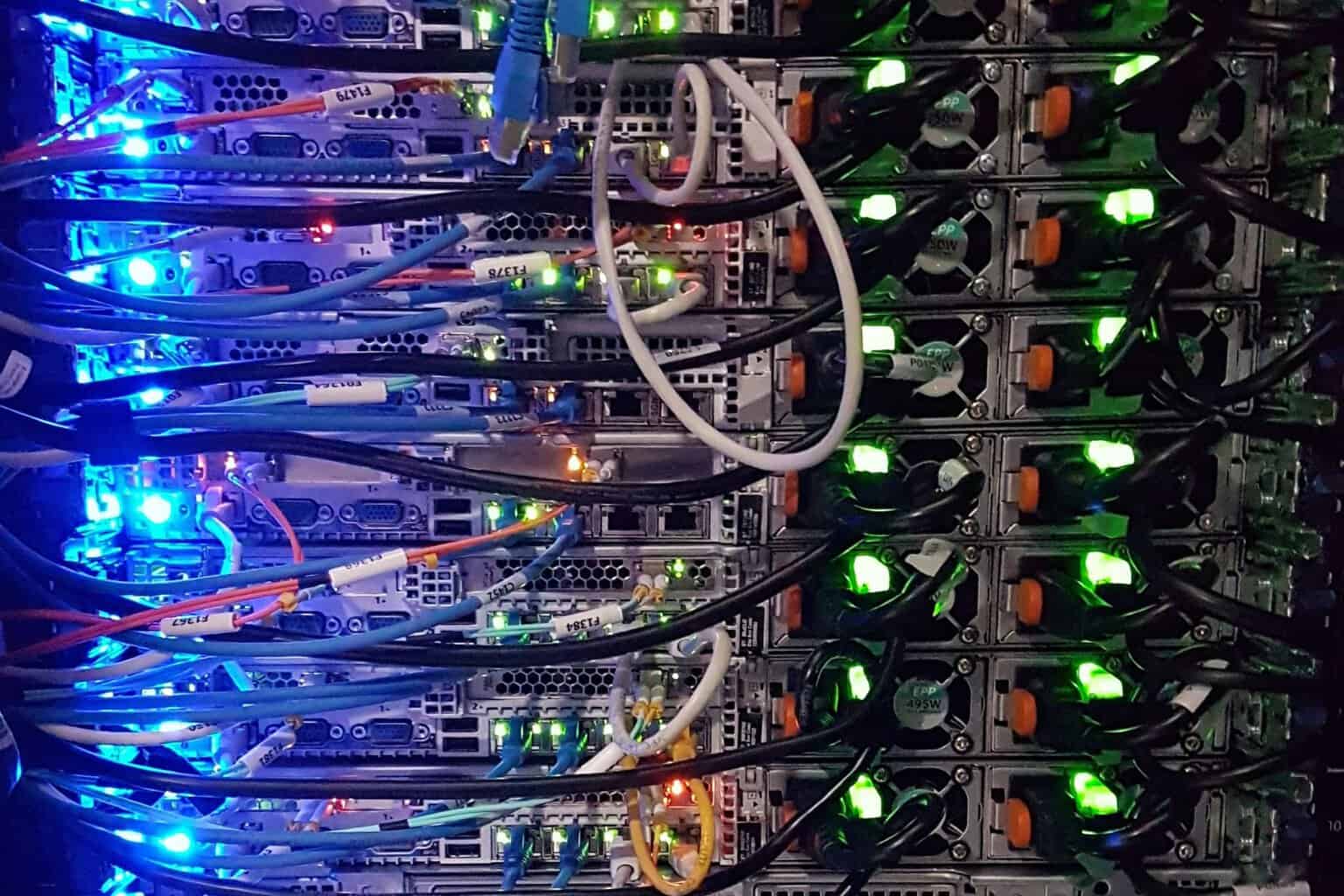
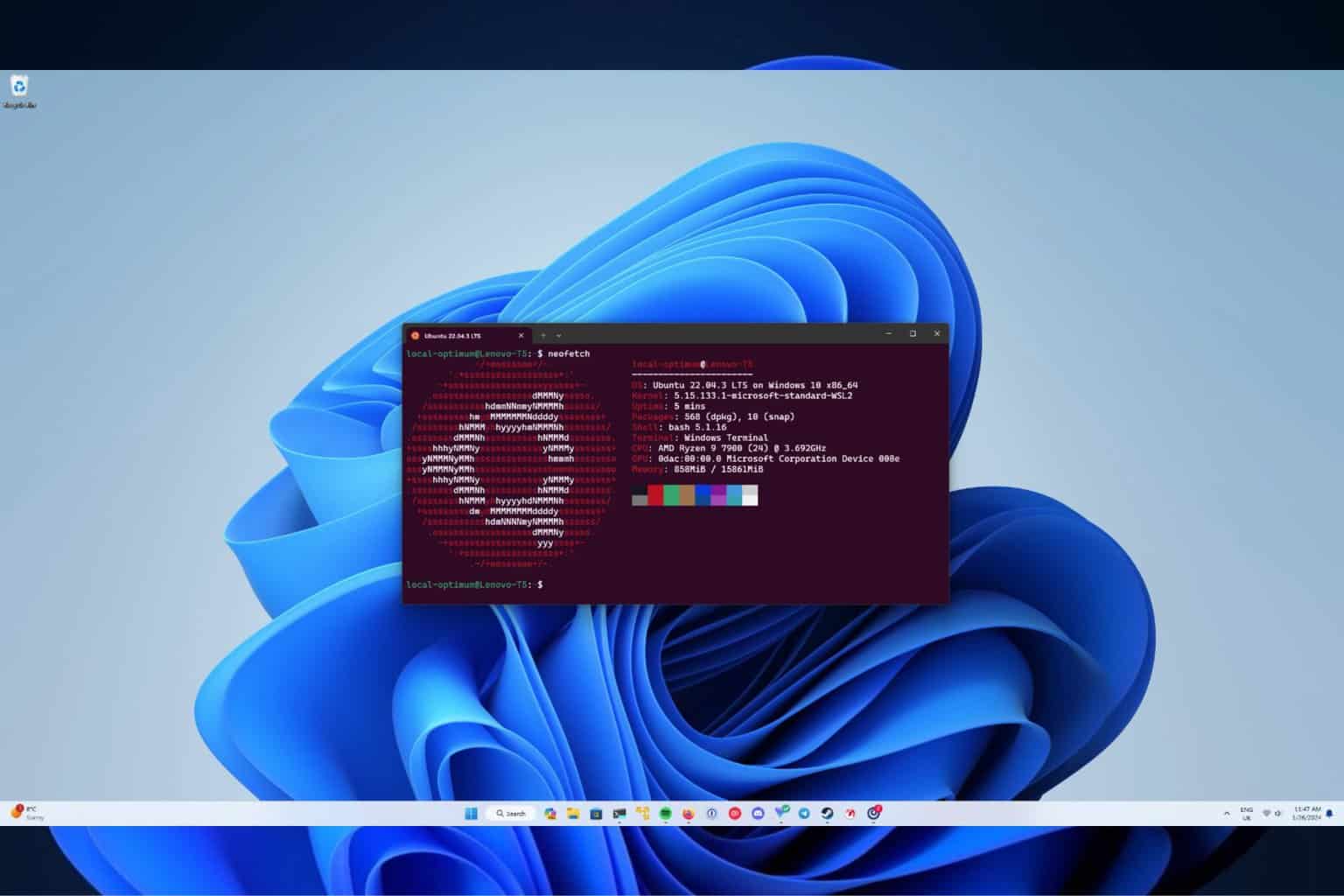

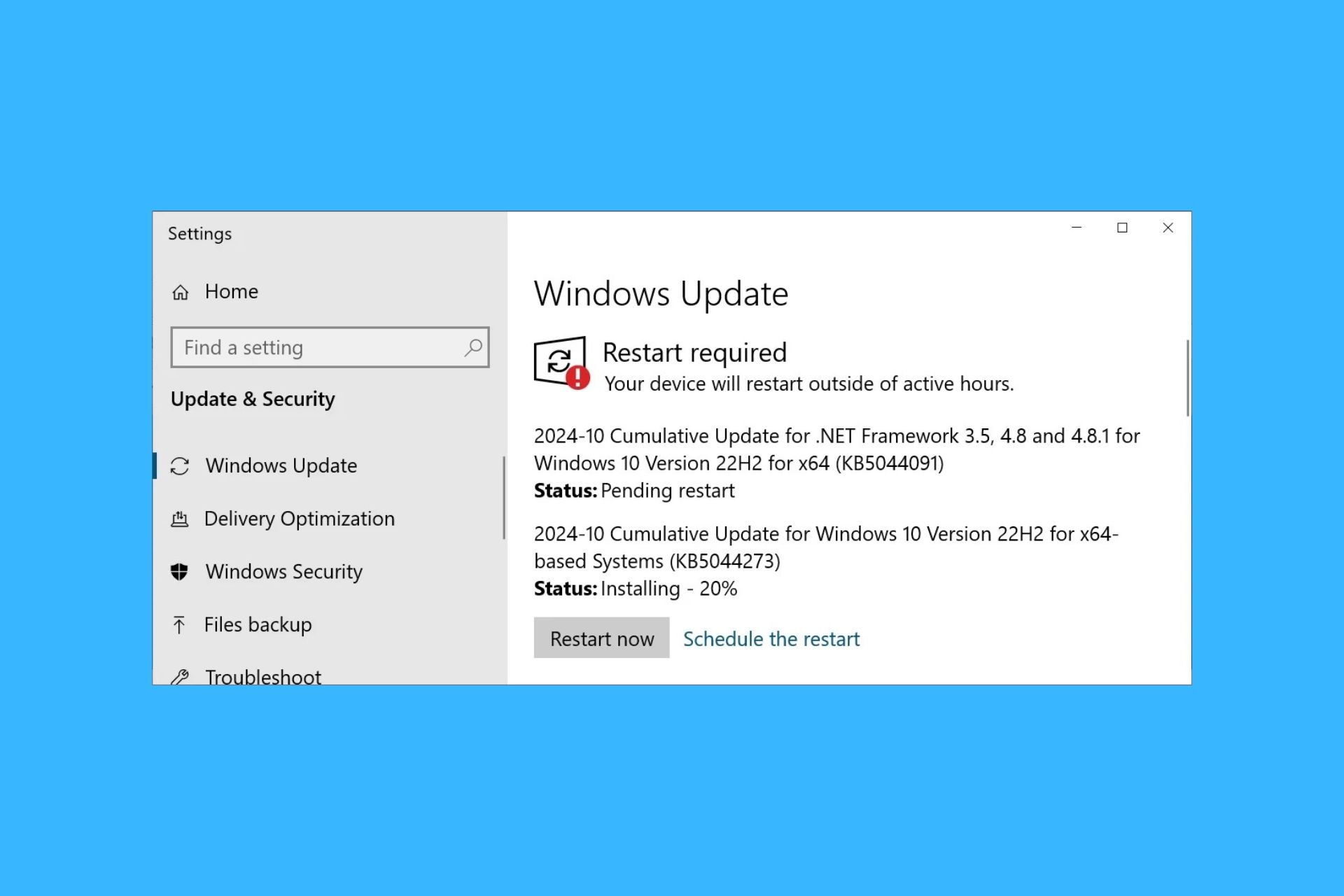


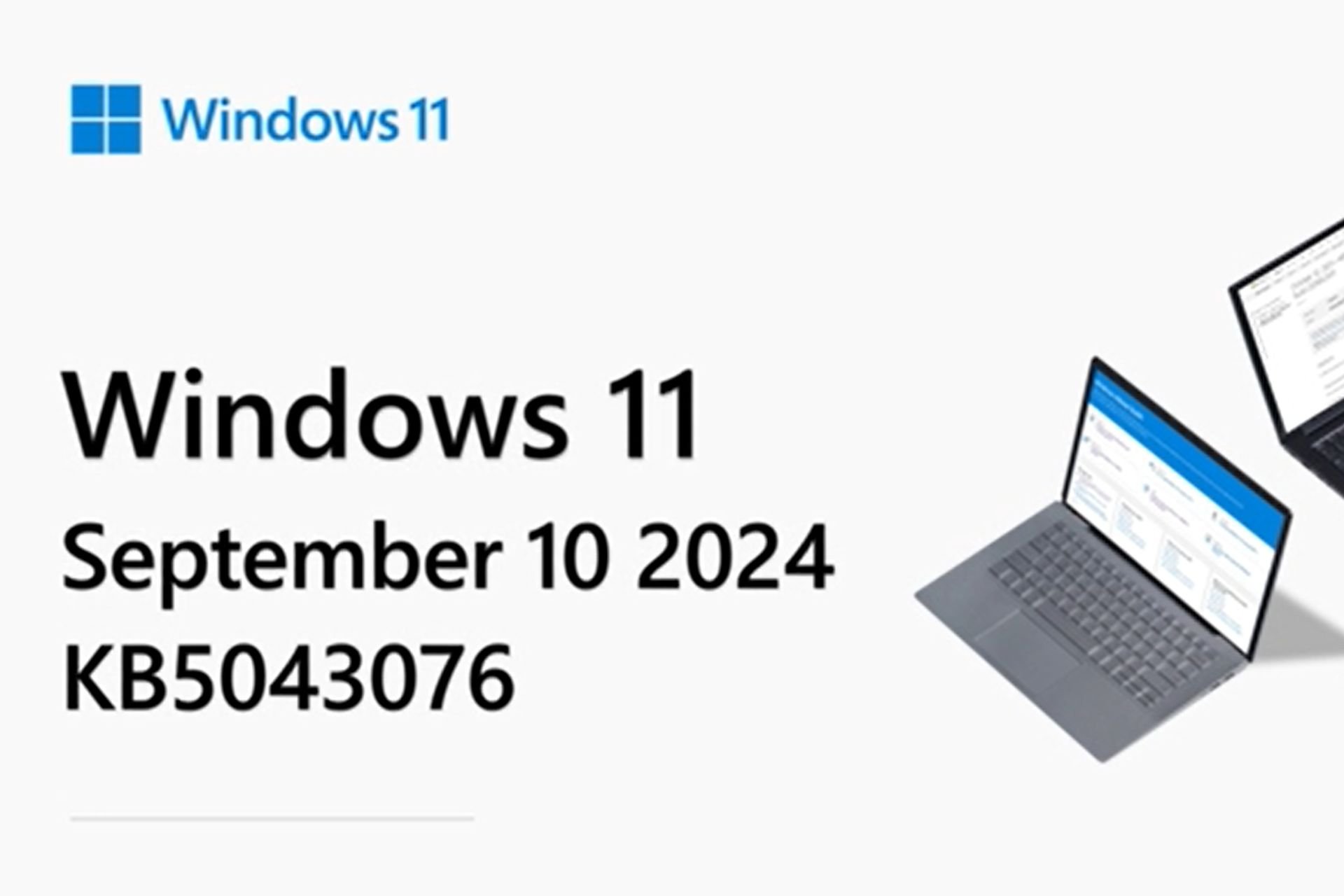
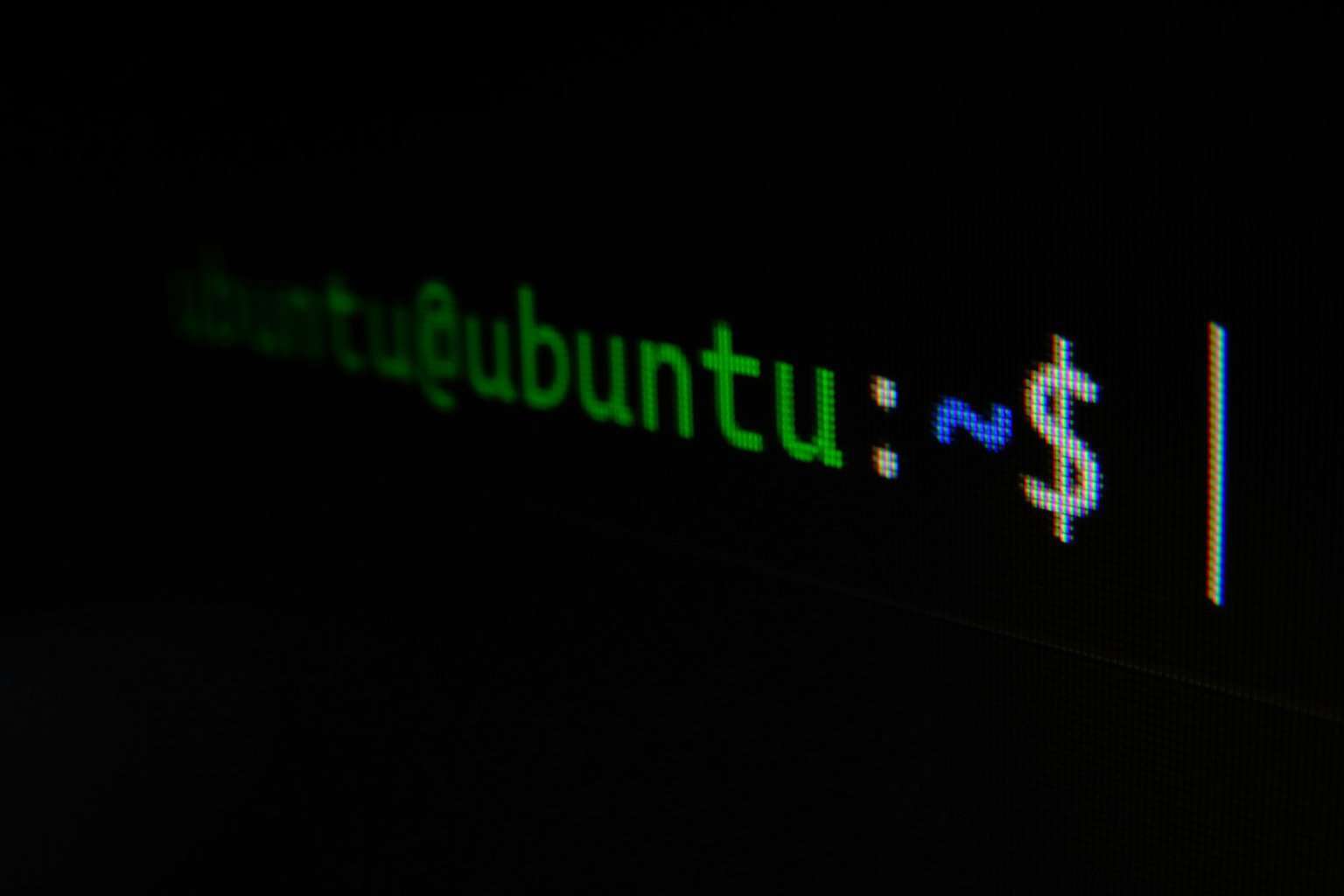
User forum
0 messages